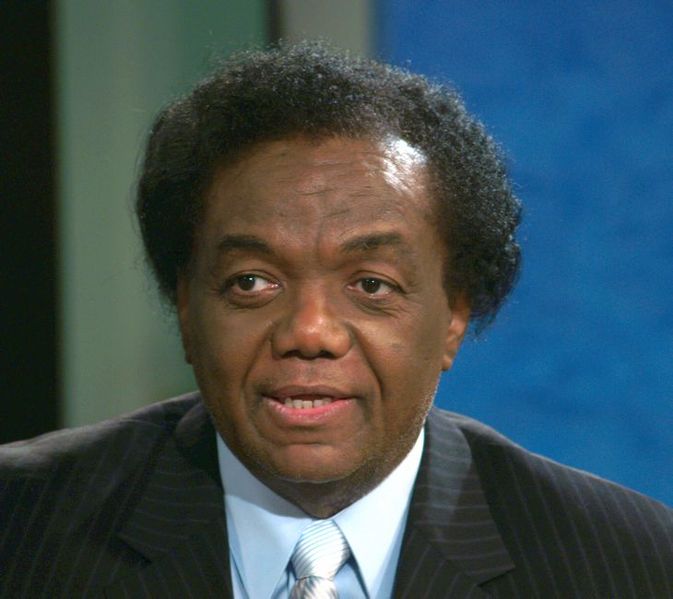 We Americans love to talk. It makes us a wonderful and lively bunch in many ways. Still, from all the chatter we can become hard of hearing. And no matter how well we multi-task, it’s impossible to speak and listen at the same time.
We Americans love to talk. It makes us a wonderful and lively bunch in many ways. Still, from all the chatter we can become hard of hearing. And no matter how well we multi-task, it’s impossible to speak and listen at the same time.
Lamont Dozier, songwriter and producer extraordinaire, knows this well. He’s responsible in part for hits recorded by Marvin Gaye, the Supremes, Alison Moyet and other luminaries.
He recently spoke with the Trojan Family Magazine about his work, and shared with writer Allison Engel the one thing that primarily influences his songs:
A lot of the songs and ideas come from me being very observant and listening to people. I used to go into restaurants – I still do – and eavesdrop on people having conversations. I see lovers having quarrels and everything. Being a songwriter, I can’t help but listen. It gives me great material.
Yes! Active listening. He continues, about what it takes to teach songwriting:
First you have to be a good listener and an observer. A lot of people don’t know how to listen. They’re too busy trying to tell you about themselves. Also, I find myself opening my window early in the morning to listen to the birds. And you know some of the sweetest melodies and counter melodies come from birds chirping and tweaking little rhythms and things… I think all songwriters have listened to birds.
While we’ve poked fun at this underrated skill, here we see that listening is valuable in so many disparate careers, including penning songs.
It’s also a core component of bringing your whole self to work. Listening to what’s going on in your environment can help you identify how to relate the various parts of your self to the context of your work.
Dozier is currently teaching at USC, in the Thornton School of Music popular music performance program. His insight about the world of popular music probably sends his students soaring.
What do you hear when you engage in active listening at work?
Read the full interview here.
Image via

